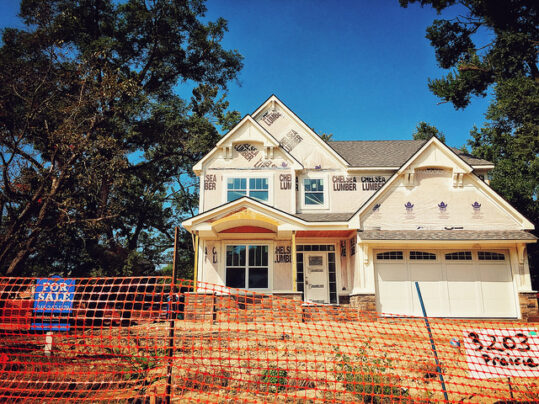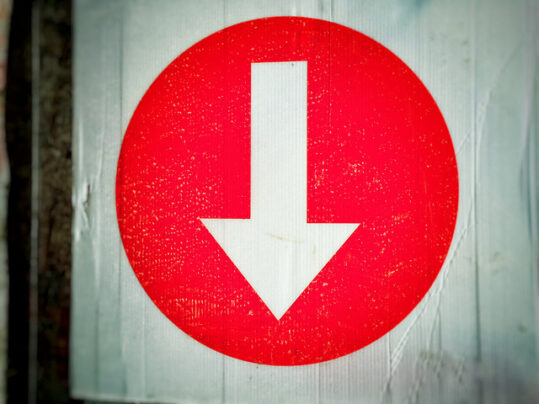Today’s market is a seller’s market. But despite the best conditions in years, fewer homeowners are listing their homes for sale. That’s led to a lower-than-normal number of existing homes available on the market. It’s also led to surging new home sales. In fact, according to new numbers from the U.S. Census Bureau and the Department of Housing and Urban Development, March saw a 20.7 percent increase over the previous month. That far exceeded economists’ expectations and pushed sales almost 67 percent higher than last year – when the coronavirus had buyers temporarily sidelined. It’s encouraging news, especially when combined with recent data showing both building permits and housing starts up from the month before. The new home market is booming and, if builders can keep up with demand, it should help relieve upward pressure on home prices. It should also give current homeowners more options and some motivation to sell. (source)
Booming New Home Market Sees Sales Surge











